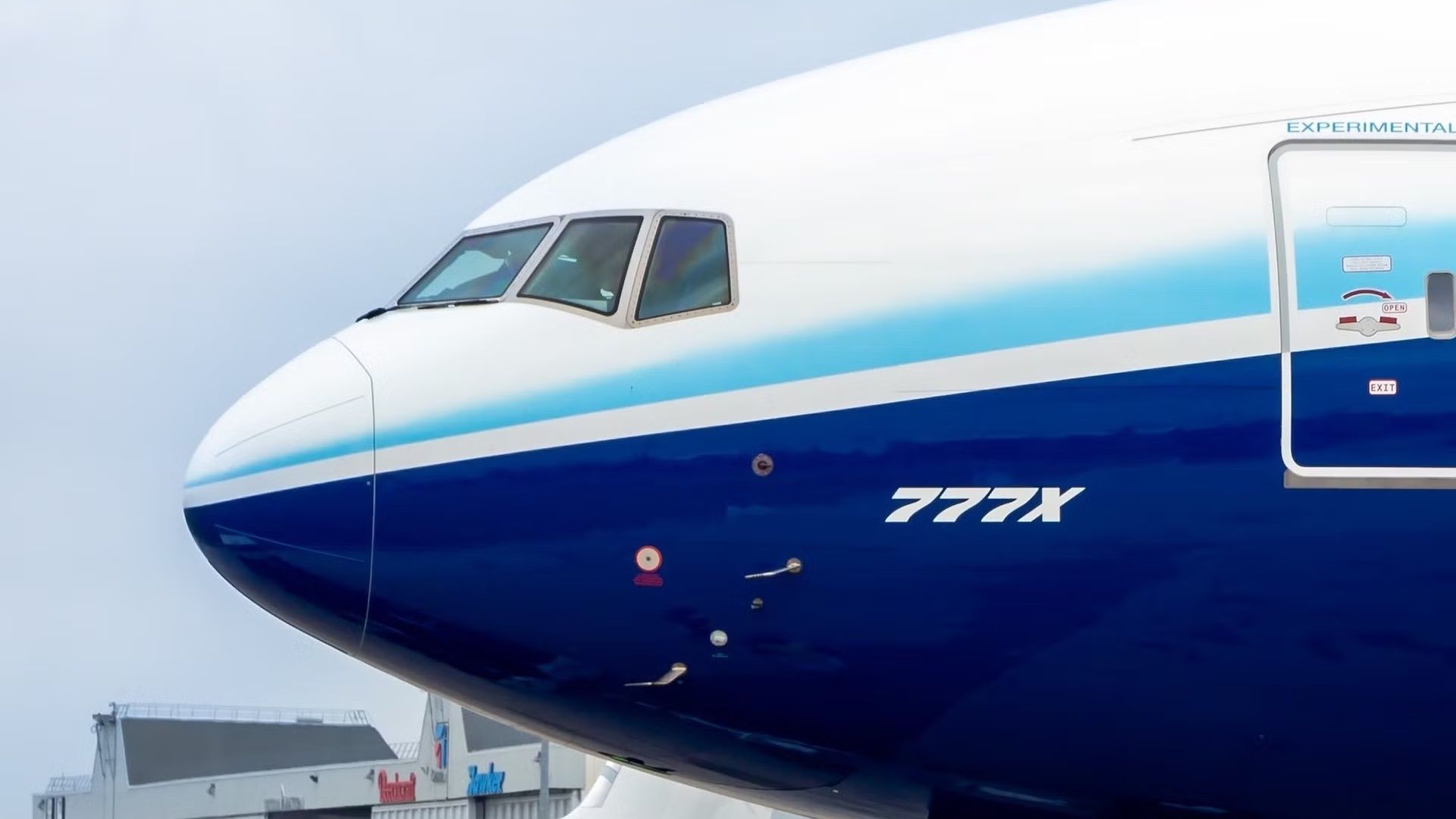Boeing has commenced wing assembly on the Boeing 777-8F Freighter, marking a significant milestone for the world’s most capable twin-engine cargo aircraft. This development, taking place at Boeing’s Composite Wing Center in Everett, Washington, involves the assembly of the first wing spars, each exceeding 100 feet. The progress represents a crucial step in the ongoing Boeing 777X freighter program, which is gaining momentum as it approaches its target for initial deliveries.
Major components are also being developed in Japan, with Mitsubishi Heavy Industries playing a key role in the assembly process. Japanese manufacturers Kawasaki and Subaru are also involved, contributing to the overall success of the project. This assembly phase comes after Boeing announced a delay in the 777-8F’s entry into service, now projected for 2028, and plans to conclude production of the Boeing 767 freighter by 2027. These shifts are expected to reshape the landscape of widebody cargo aircraft in the near term.
Recent Developments in Assembly and Production
The assembly of the 777-8F wings is progressing well, with Boeing successfully drilling and fabricating the initial wing spars at its Everett facility. The company’s update, shared via LinkedIn, confirms that the fabrication of wing skins and stringers is also underway. This marks the beginning of full-scale production of critical composite components. Reports from trade sources further affirm the achievement of this assembly milestone, indicating active shop-floor work and robotic drilling for the initial spar.
Boeing has previously revised the timeline for the 777-8F, pushing its service entry to 2028, which coincides with plans to halt production of the 767F. This decision tightens the replacement pipeline for aging widebody freighters, which are slowly being phased out. The combination of these scheduling changes and the certification pace of the 777X adds layers of risk and urgency to Boeing’s freighter production plan.
Implications for Boeing and the Cargo Market
The initiation of wing assembly signifies a maturation of manufacturing processes for a platform that is strategically important for Boeing. The 777-8F incorporates advanced composite wings and state-of-the-art GE9X propulsion systems, which will help distribute the costs associated with the 777X development across both passenger and cargo variants. This approach is vital for maintaining Boeing’s long-standing leadership in the widebody freighter market, which has been shaped by the Boeing 747-400F, Boeing 747-8F, and the original Boeing 777F.
From a commercial standpoint, the postponed entry into service for the 777-8F could expose Boeing to risks, particularly if airlines and freight integrators begin to shift their preferences towards the more capable Airbus A350F. Nevertheless, the recent developments in assembly highlight important factory milestones that may enhance customer confidence and lead to increased orders.
Financially, Boeing faces challenges. The certification delays impacting the 777X and any further production setbacks could inflate costs. Successfully meeting these production milestones, however, is crucial as the broader cargo market grapples with future capacity concerns. This positions Boeing to capitalize on the next upcycle in demand with a high-payload, long-range, and lower-emission flagship freighter.
Impact on Passengers and Airlines
While the 777-8F is a dedicated freighter and not a passenger aircraft, its production indirectly influences passenger travel through the wider ecosystem of the Boeing 777X family. Efficient production of the 777-8F supports a shared industrial base, with composite wing fabrication and dynamic supply chains benefiting both cargo and passenger variants.
The immediate concern for Boeing remains the extensive certification delays affecting its latest aircraft families. In the short term, cargo space in passenger widebodies will remain a significant revenue stream for airlines. The eventual launch of the 777-8F will enhance airlines’ capabilities to deploy cargo, allowing them to increase revenues from non-passenger operations. This could provide airlines with greater flexibility to reduce prices across their passenger offerings, ultimately benefiting travelers.
As the aviation industry evolves, Boeing’s advancements in the 777-8F program highlight the company’s commitment to innovation and responsiveness to market demands, paving the way for future growth in both freight and passenger services.







